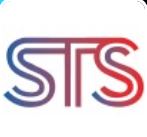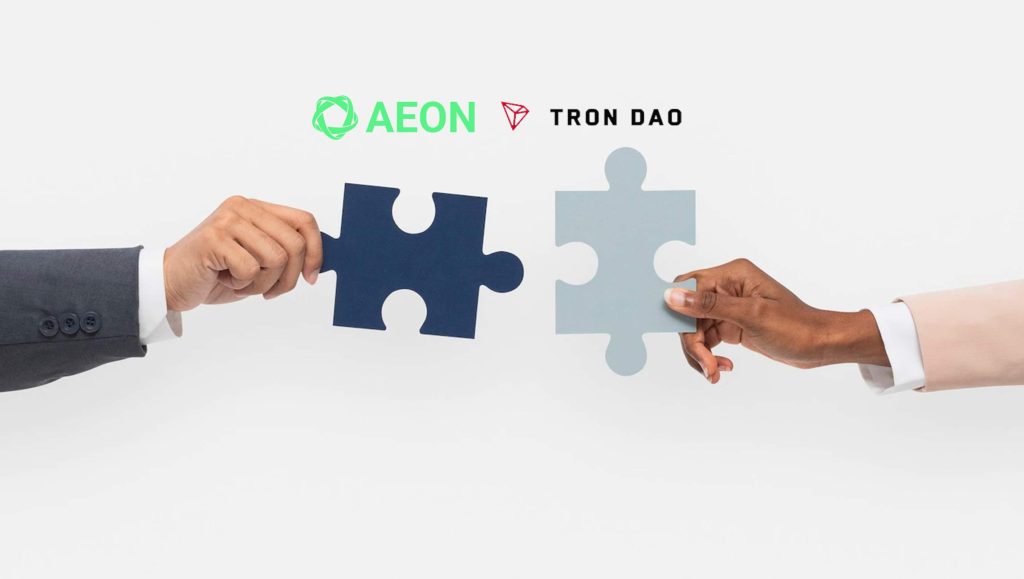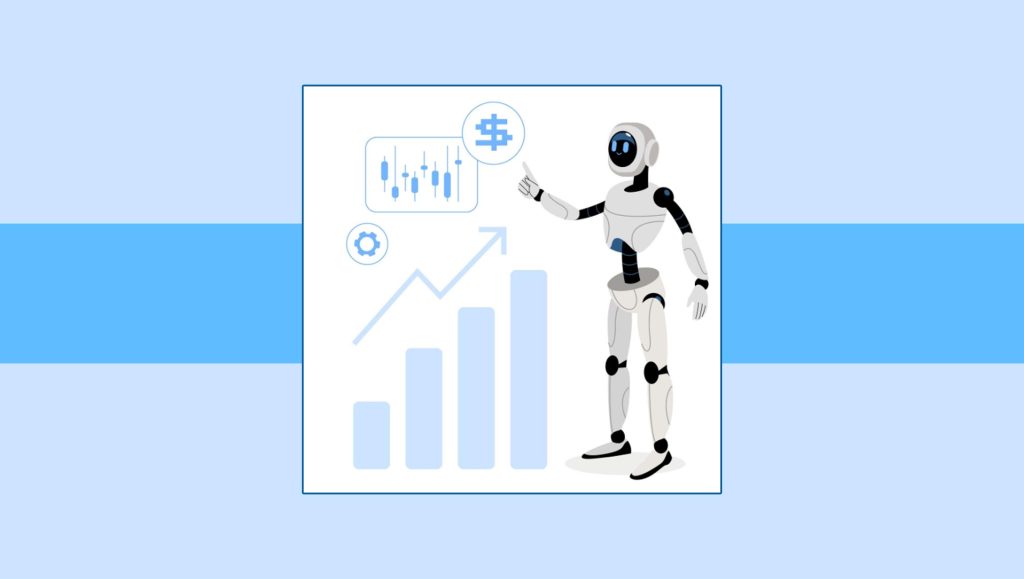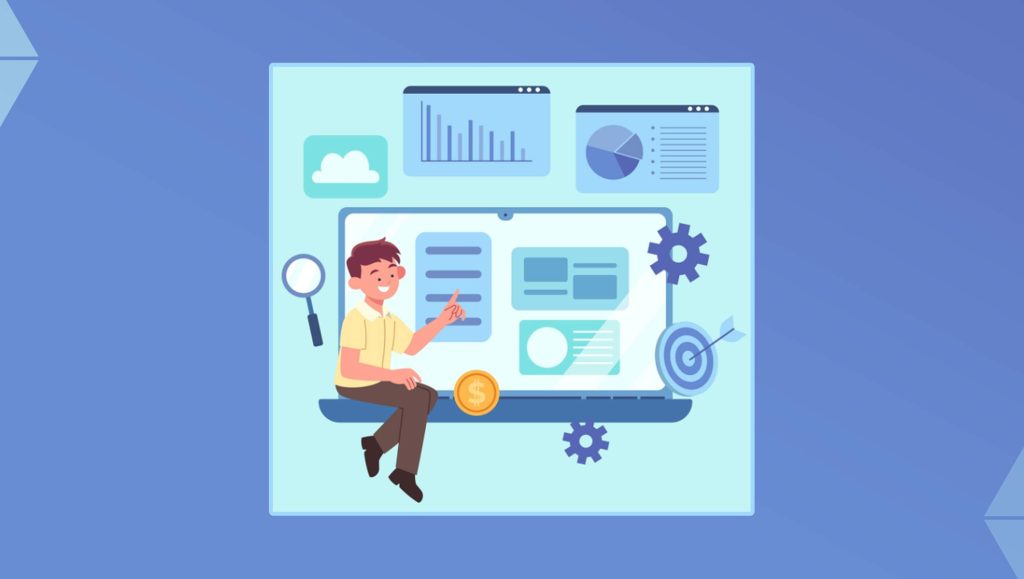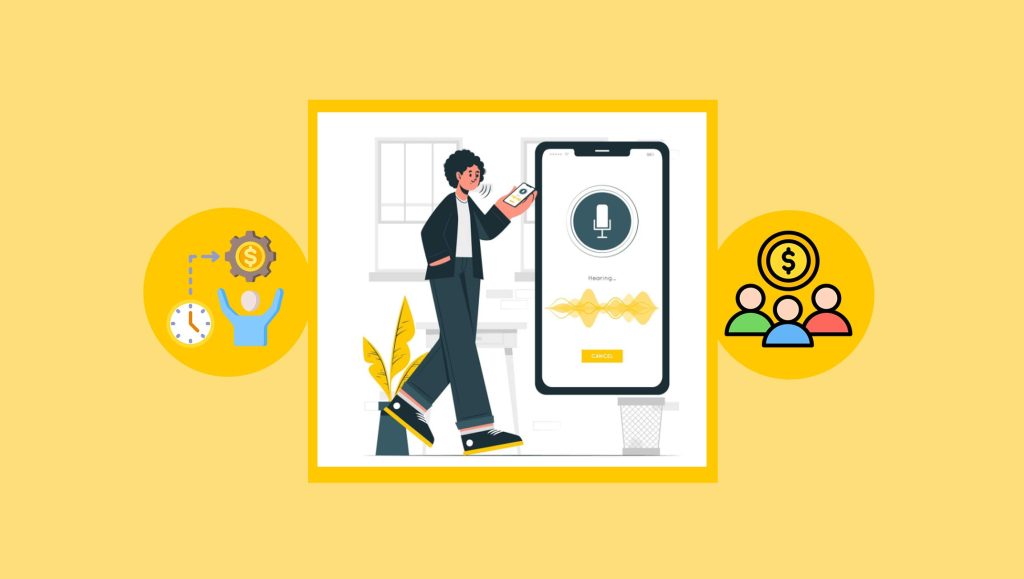Have you observed how certain outreach strategies aren’t yielding the same outcomes they used to? Consumers now anticipate personalized experiences that recognize their specific objectives and obstacles. This change has driven the creation of a more agile method known as sales cadence, in which data and artificial intelligence (AI) facilitate immediate modifications. Through the integration of advanced technologies and unconventional methods, sales teams can foster personalized engagements that connect with today’s tech-savvy potential customers.
Why Traditional Outreach Models Needed an Upgrade?
For decades, sales departments depended on rigid formulas for contacting potential customers. These static schedules served a purpose but lacked flexibility when markets changed. Embracing new ideas has become essential as the modern Sales Cadence should reflect each prospect’s evolving preferences, communication style, and readiness to buy.
Many organizations recognized that the old system’s predictability could lead to prospect fatigue. They discovered that a more fluid strategy attracts and maintains meaningful interest. Adopting modern outreach concepts helps teams shift from guesswork toward an approach guided by fresh data and real-time insights.
The Traditional Sales Cadence: Strengths and Weaknesses
The classic Sales Cadence often consisted of phone calls and emails at predefined intervals. This approach was organized, consistent, and easy to manage across large teams. It established clear timelines for follow-ups, which occasionally generated decent results. However, the limitations gradually became apparent as buyer expectations transformed.
Traditional methods assumed uniform behavior among prospects, which did not account for individual preferences or shifting market conditions. Relying solely on fixed templates meant every lead received the same message, irrespective of their interests.
How Machine Learning Transforms Engagement?
Before engaging a prospect, it helps to know when they are most likely to respond and what topics spark their curiosity. AI-powered platforms deliver such insights by analyzing everything from historical open rates to real-time buyer behavior. These systems detect patterns and predict the ideal timing and messaging for each outreach attempt.
AI also refines segmentation by grouping prospects based on interests, budget, and relevant industries. When integrated into a Sales Cadence, machine learning tailors every interaction. Shortening response times, recommending personalized talking points, and suggesting follow-up intervals are possible through the continuous analysis of engagement metrics.
Adaptive AI excels at identifying subtle signals. If a prospect clicks on a specific type of content or engages in a chat at unusual hours, the system adjusts the next contact’s timing.
Read More: SalesTechStar Interview with Don Cooper, Vice President of Global Alliances at Aras
Beyond Email and Calls: Embracing Unconventional Touchpoints
The Sales Cadence no longer hinges solely on emails and phone calls. Forward-thinking teams now incorporate video messages, instant messaging apps, and even direct mail to create varied engagement opportunities. These unconventional channels often catch attention precisely because they stand out from traditional approaches.
Mixing up communication methods also boosts the likelihood of meaningful interactions. Some prospects might respond more enthusiastically to a personalized video message than an impersonal text email. Others appreciate updates through their preferred social platforms or messaging services like WhatsApp. By stepping beyond customary touchpoints, sales professionals can form deeper connections without overwhelming leads.
Several organizations have begun experimenting with chatbots for immediate queries and interactive content that showcases product benefits. Leveraging real-time insights from AI allows each channel to serve a distinct purpose within the Sales Cadence, ensuring every contact is purposeful rather than redundant.
Tools for Tracking and Automating Multi-Channel Strategies
Let’s have a look at the different tools for tracking and automating multi-channel strategies:
-
Real-Time Analytics:
Solutions that offer immediate insight into every prospect’s journey assist sales professionals in making strategic interventions. This enables them to determine the best moments for interaction, shift, or halt.
-
Predictive Analytics:
Tools utilizing predictive analytics can anticipate lead actions, indicating the optimal times and approaches for reaching out to particular buyers. This improves the accuracy of the engagement approach.
-
A/B Testing Functions:
Platforms that include A/B testing features allow for quick experimentation with various content types, enhancing outreach techniques based on performance metrics.
-
Steady Communication:
By choosing the appropriate technology stack, companies can ensure steady communication across various channels and adapt their strategies in real-time based on feedback and insights.
Implementing Best Practices for a Future-Ready Sales Cadence
A future-ready Sales Cadence involves continuous refinement based on performance metrics, market shifts, and prospect feedback.
-
Ongoing Improvement:
Continuously improving the Sales Cadence by analyzing performance metrics, market changes, and feedback guarantees that engagement strategies stay effective and pertinent.
-
Agile Modifications:
Remaining agile enables sales professionals to adapt their strategy based on current engagement data. This entails adjusting frequencies and channels to match potential customer behavior and preferences.
-
Team Collaboration:
Working together between marketing and sales teams speeds up the use of AI-driven tools, improving the overall worth and efficiency of engagement strategies.
-
Personalized Engagement:
As prospects become more knowledgeable and selective, sales reps must address specific pain points with personalized messaging rather than relying on generic pitches. AI can help highlight which talking points resonate with different buyer segments.
Conclusion
New technology has undoubtedly changed the way businesses plan and execute each sales cadence. Buyers now expect proactive, meaningful communication that understands their unique circumstances. By blending AI insights with more creative channels, sales teams can navigate complex buyer journeys and guide prospects smoothly from first contact to long-term partnerships.

